39 aspartame on food labels
What is Aspartame (E951) in food? Uses, Safety, Side effects and More The purpose of aspartame in food is to reduce sugar and calories intake. And you may find it in many food, and here is a common food list that may with it: Carbonated soft drinks Powdered drink Instant coffee and tea beverages Fruit juice Tabletop sweeteners Dairy products Frozen desserts, puddings Yogurts Chewing gum Breath mints Candy Cereals Aspartame Products - Aspartame Aspartame Products Aspartame has been a sweetener in many low-calorie, sugar-free foods and beverages since the 1980's. Because aspartame is 200 times sweeter than sugar, less can be used to give the same level of sweetness. Thus, the use of aspartame lowers the calories in foods or beverages. 200 times sweeter than sugar
Everything You Need to Know About Aspartame - Food Insight Aspartame is a low-calorie sweetener that has been used for decades as a way to lower one's intake of added sugars while still providing satisfaction from enjoying something sweet. Aspartame is about 200 times sweeter than sugar, and as such only a small amount of the sweetener is needed to match the sweetness provided by sugar.
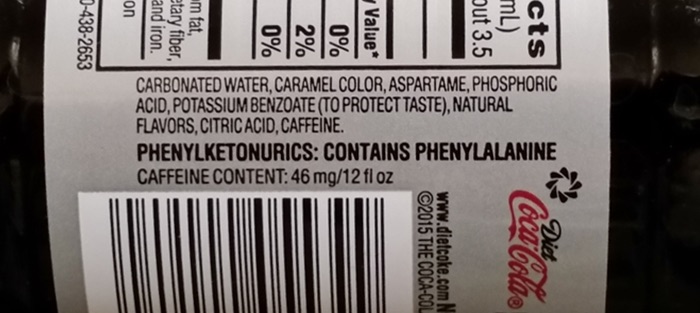
Aspartame on food labels
PKU, Allergies and Other Sensitivities - Aspartame Some of the reported side effects from aspartame that have been tested include headaches, nausea, dizziness, nasal congestion, eczema, asthma, mood changes and tingling, but research to date has not confirmed these associations even when aspartame was provided in amounts far greater than people typically consume. What is other names for aspartame - Food Additives & Ingredients ... Aspartame has many names, Aspartame is one of the most common artificial sweeteners in use today. It is sold under the brand names NutraSweet and Ajinomoto, Aspartame is made by joining together the amino acids aspartic acid and phenylalanine. Amino acids are the building blocks of proteins and are found naturally in many foods. Sneaky Names For MSG (Check Your Labels!) Why? The food label artists (commercial food marketers) have created over 57 sneaky terms to hide MSG under. ... some amino acids, such as glutamic acid (glutamate) and aspartic acid (aspartame or "nutra sweet"), may be more difficult to convert and flush out of the body. Both glutamate and aspartame cause the nerves to fire, and when they ...
Aspartame on food labels. CFR - Code of Federal Regulations Title 21 - Food and Drug Administration The food additive aspartame may be safely used in food in accordance with good manufacturing practice as a sweetening agent and a flavor enhancer in foods for which standards of identity established under section 401 of the act do not preclude such use under the following conditions: ... The label of any food containing the additive shall bear ... A List of Foods Containing Aspartame | livestrong Foods With Aspartame. Aspartame is found in a number of sugar-free food products, including: Diet soda. Chewing gum. Gelatin. Ice cream. Breakfast cereal. Sugar-free cocoa mix. The artificial sweetener is also used to add a touch of sweetness to medications, such as cough drops, as well as chewable or gummy vitamins. Does Aspartame Cause Cancer? Aspartame is an artificial sweetener, sold under brand names such as NutraSweet® and Equal®, that has been in use in the United States since the early 1980s. It is used in many foods and beverages because it is much sweeter than sugar, so much less of it can be used to give the same level of sweetness. Hidden Sources Of MSG And Aspartame In Foods Also: Protease Enzymes of various sources can release excitotoxin amino acids from food proteins. Aspartame - An Intense Source Of Excitotoxins Aspartame is a sweetener made from two amino acids, phenylalanine and the excitotoxin aspartate. It should be avoided at all costs. Aspartame complaints account for approximately 70 percent of ALL ...
Mandatory labelling of sweeteners - Labelling requirements for ... In the case of aspartame, a statement, grouped with the list of ingredients [B.01.008(1), FDR], to the effect that aspartame contains phenylalanine. Check: Check: ... The label of a food containing polydextrose must indicate the amount of polydextrose, expressed in grams per serving of stated size [B.01.018, FDR]. The amount of polydextrose ... Aspartame is not marketed as AminoSweet on food labels While a company that produces aspartame did rename its product for marketing purposes in 2010, this was a move by only one company manufacturing aspartame. On food labels, aspartame still... Why Does Aspartame Have a Warning Label? - Pediatric Education Aspartame (L-aspartyl-L-Phemethyl ester) is an artificial sweetener that metabolizes to Phe, L-aspartic acid and methanol. It was first discovered in 1965, and approved by the US Federal Drug Administration in 1981. Aspartame - Food Standards Aspartame is an intense sweetener added to low-energy or sugar-free foods. It is used in foods including yoghurt, confectionery and carbonated beverages. The safety of aspartame has been comprehensively reviewed by FSANZ and other international organisations, including: Food and Agricultural Organization/World Health Organization.
Additional Information about High-Intensity Sweeteners Labels of aspartame-containing foods and beverages must include a statement that informs individuals with PKU that the product contains phenylalanine. Acesulfame potassium (Ace-K) Acesulfame... Sneaky Names For MSG (Check Your Labels!) Why? The food label artists (commercial food marketers) have created over 57 sneaky terms to hide MSG under. ... some amino acids, such as glutamic acid (glutamate) and aspartic acid (aspartame or "nutra sweet"), may be more difficult to convert and flush out of the body. Both glutamate and aspartame cause the nerves to fire, and when they ... What is other names for aspartame - Food Additives & Ingredients ... Aspartame has many names, Aspartame is one of the most common artificial sweeteners in use today. It is sold under the brand names NutraSweet and Ajinomoto, Aspartame is made by joining together the amino acids aspartic acid and phenylalanine. Amino acids are the building blocks of proteins and are found naturally in many foods. PKU, Allergies and Other Sensitivities - Aspartame Some of the reported side effects from aspartame that have been tested include headaches, nausea, dizziness, nasal congestion, eczema, asthma, mood changes and tingling, but research to date has not confirmed these associations even when aspartame was provided in amounts far greater than people typically consume.



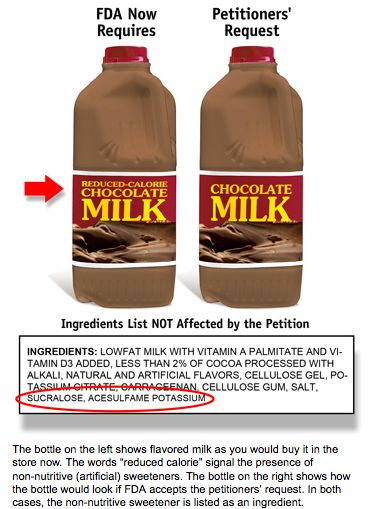

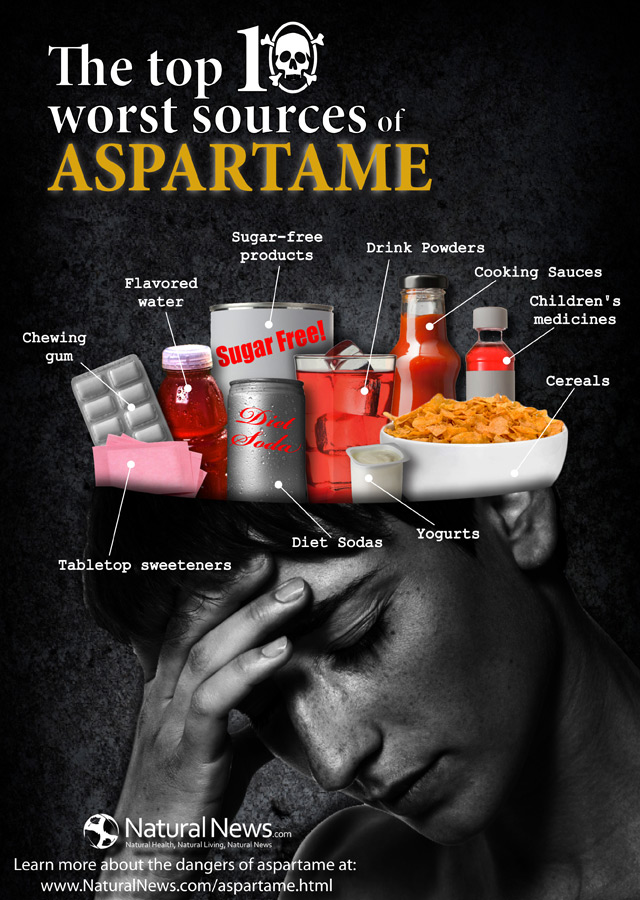

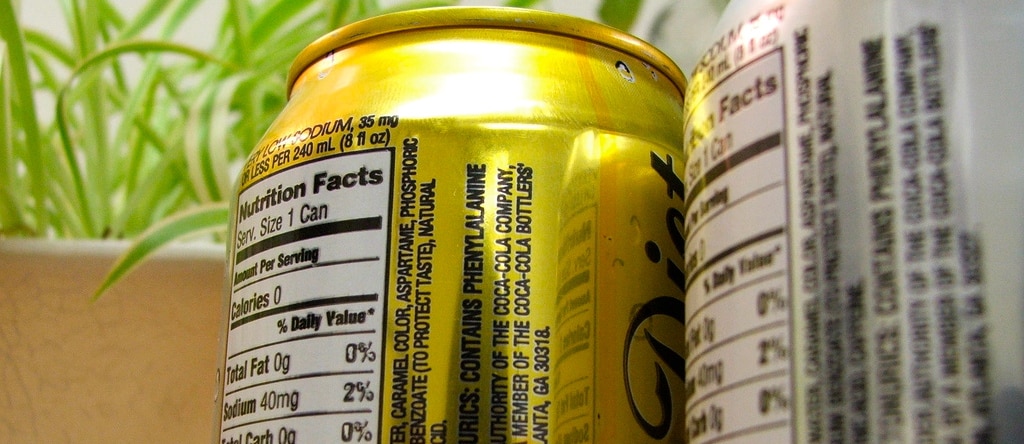

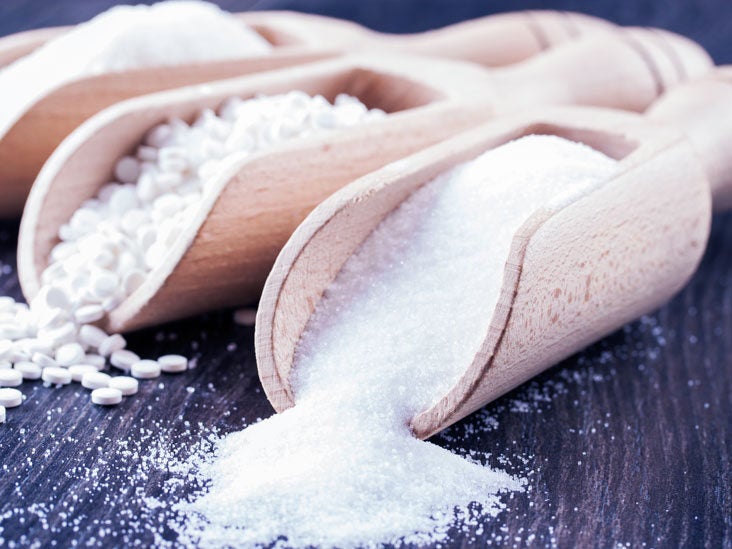

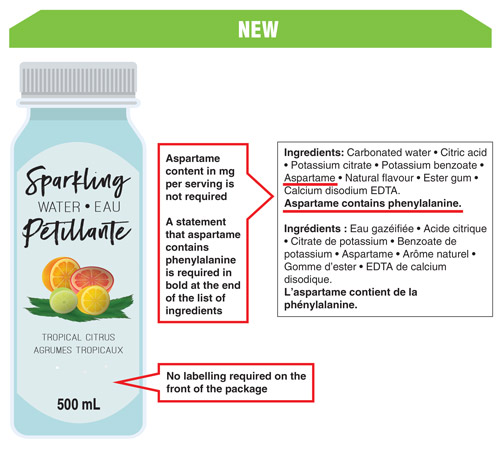
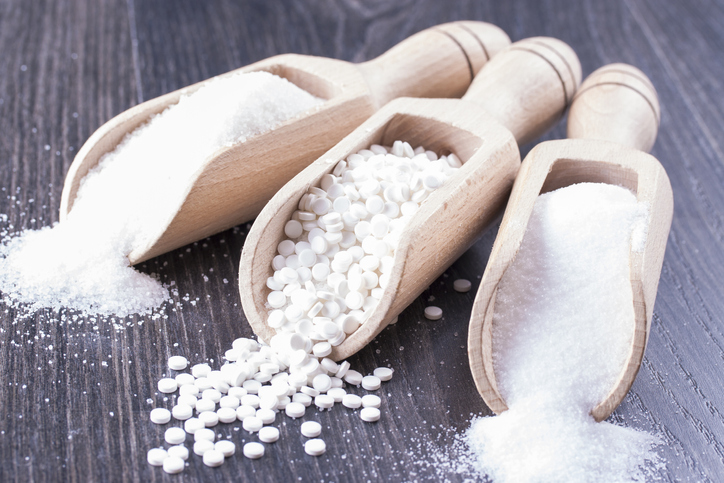
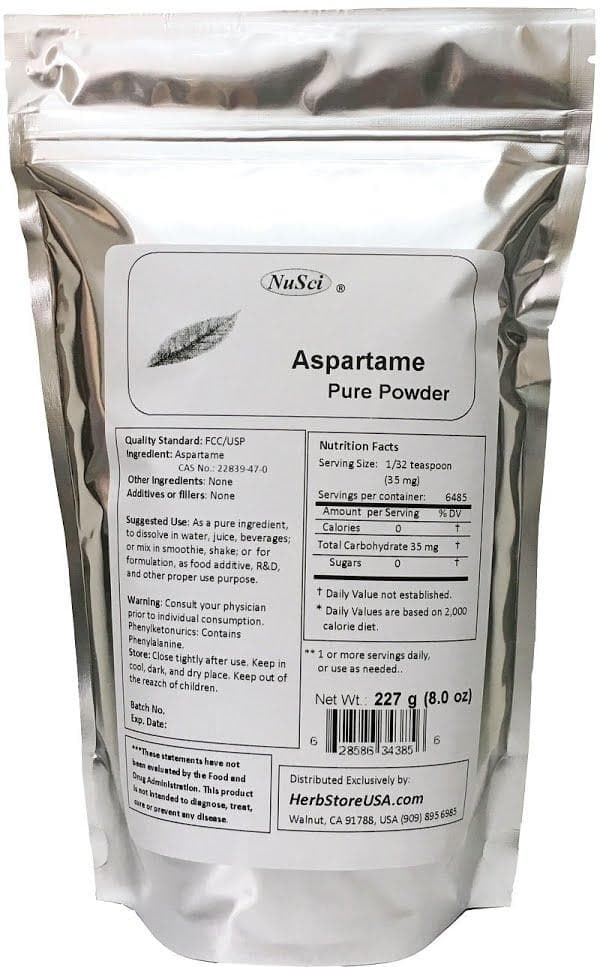
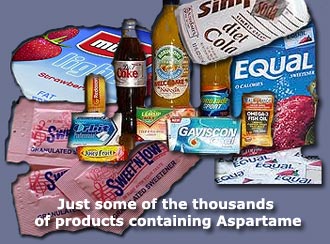








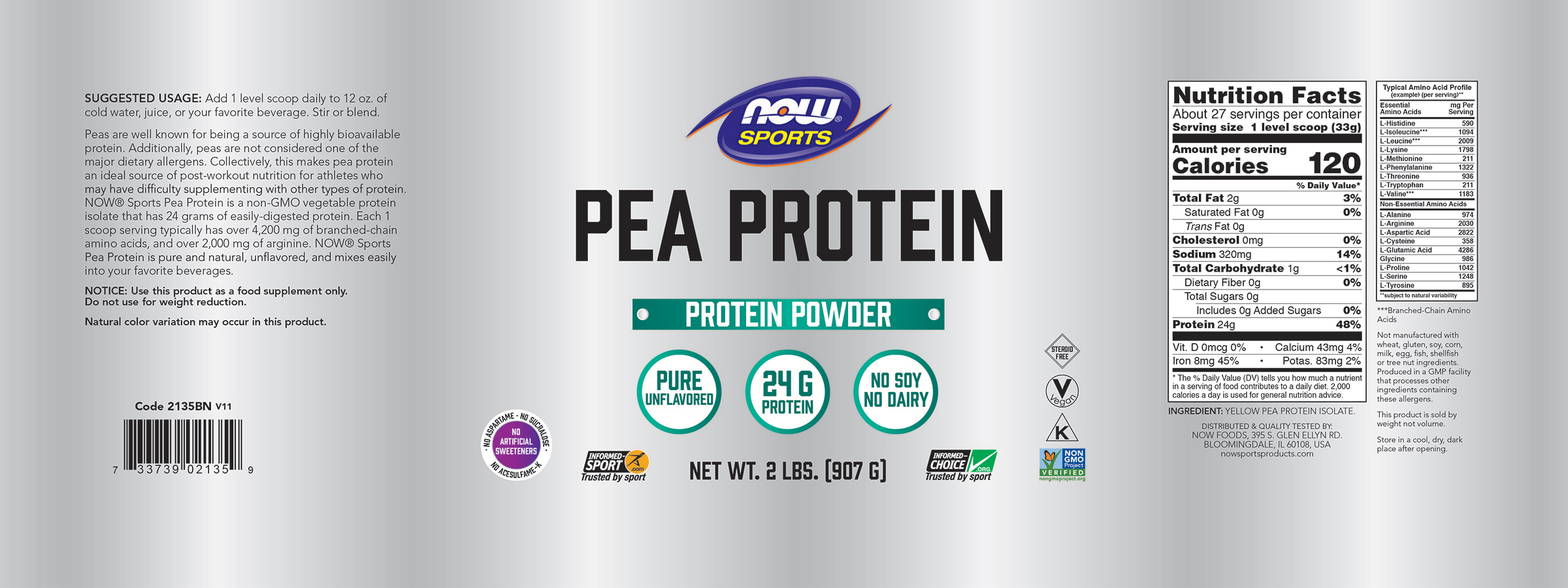

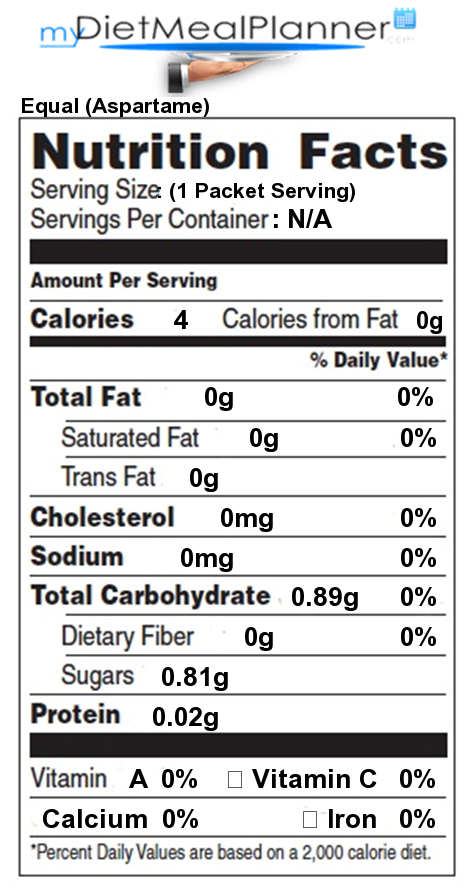


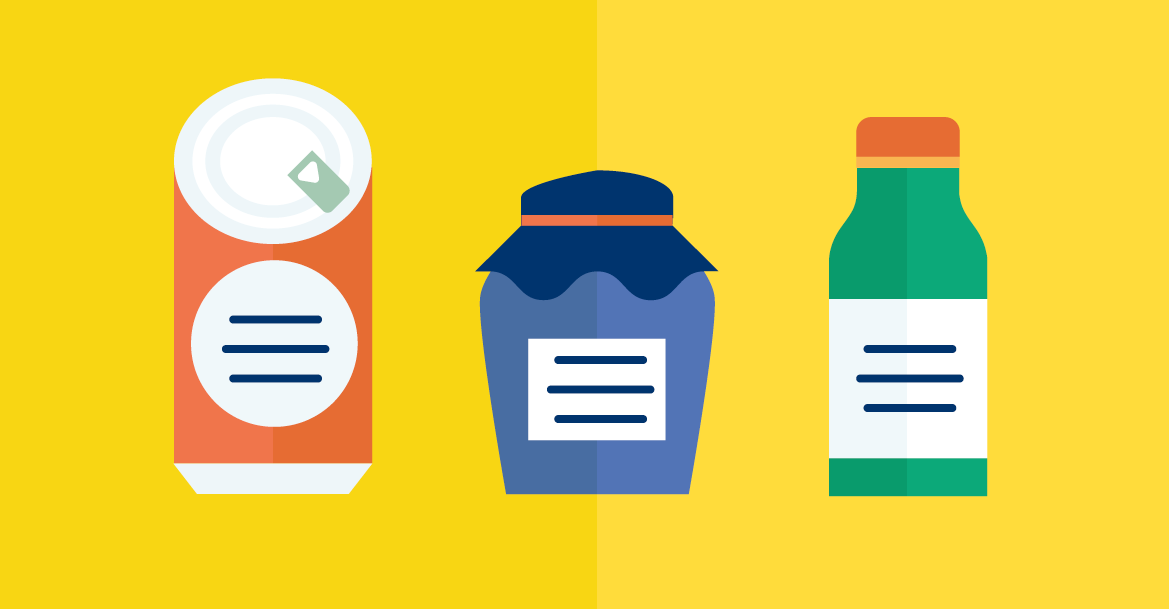
Post a Comment for "39 aspartame on food labels"